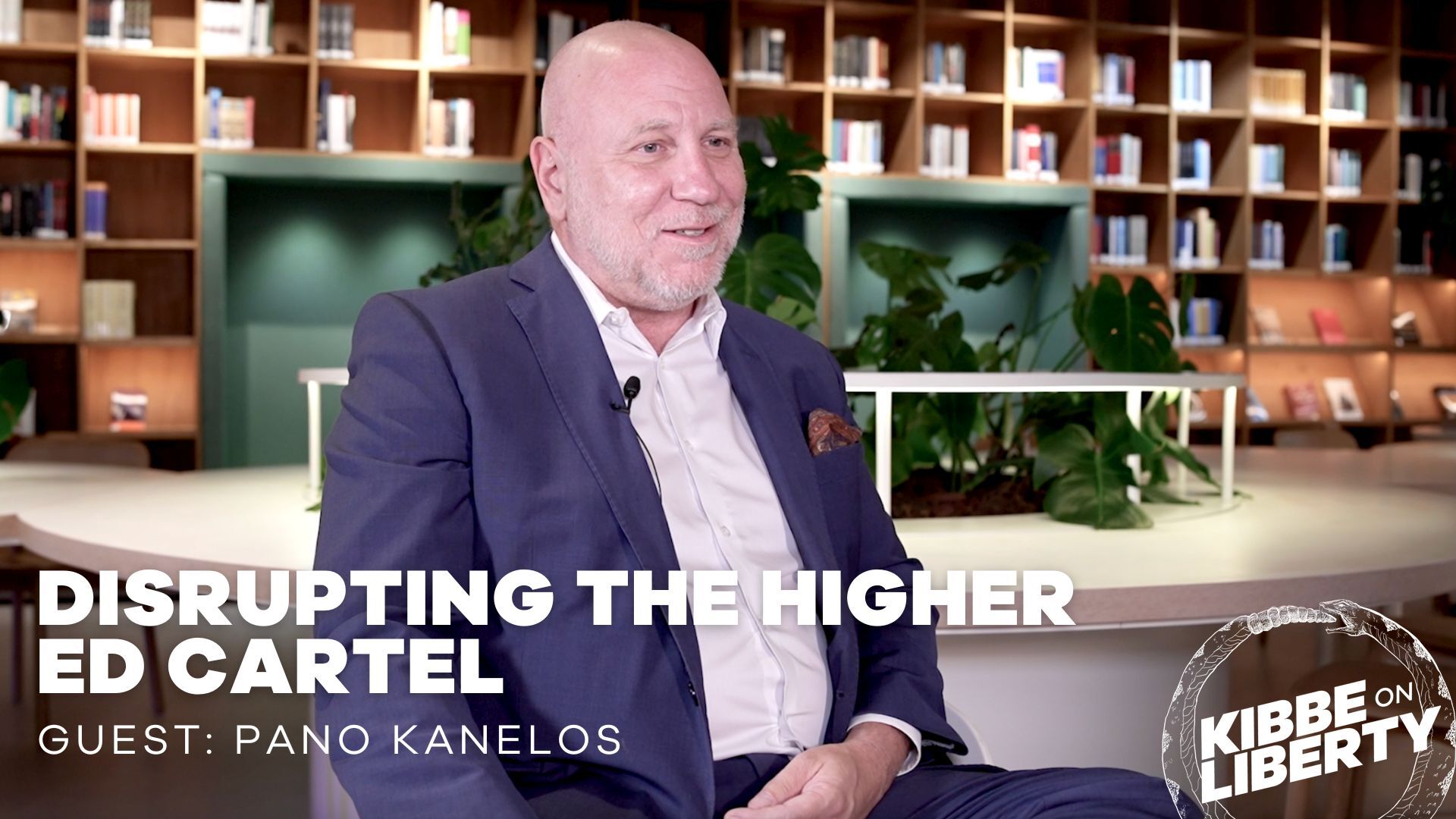
There’s No Shortage of Teachers
How many times have you heard this? Teaching is one of the most important professions there is, but as a society, we undervalue teachers. They’re underpaid, overworked, class sizes are too large, and we’re facing a potentially crippling teacher shortage that threatens to intellectually impoverish America’s next generation of children.
It’s a common refrain among those concerned with education policy. But, like most prophesies of doom, it’s a load of hooey.
As Larry Sand, a retired teacher and head of the California Teachers Empowerment Network, points out in a recent analysis at City Journal, far from undergoing a teacher shortage, the ranks of teachers in proportion to students have been ballooning for the last half century.
For example, between 1950 and 2015, the number of public-school teachers increased at a rate 2.5 times faster than that of students (and six times the rate since 1970). And in the last four years, the number of teachers rose by 13 percent while student enrollment only increased by 2 percent.
It would be one thing if this increase in teacher populations had been accompanied by a dramatic improvement in student outcomes, but it certainly has not. Neither have the obscene levels of increased spending, federalization of education, and other interventionist measures government has taken to dictate how schools should be run.
Despite (I would argue “because of”) the ever-tightening grip of lawmakers and bureaucrats on the minds of America’s youth, we still hear ceaseless complaints that “America is falling behind” (which we are not) and that our education system is in pathetic shambles (which, frankly, it is.)
So if more people are becoming teachers, and if this increase hasn’t led to any measurable progress among schools or students, why the constant alarm bells? The answer is simple public-choice economics: Small groups of organized individuals with a common interest can always prevail over the disorganized majority.
In this case, the interest group is teachers’ unions. Unions, like any other interest group, are looking out for number one, and union bosses benefit if more of their members can get jobs at higher wages. By agitating members and the public about “teacher shortages,” it allows unions to increase their own revenue through member dues (via taxpayer dollars), without justification.
Moreover, if there were actual concerns of a teacher shortage, you would expect government and unions to make it easier for people to become teachers, rather than harder, with schools imposing increasingly ridiculous qualification requirements for even the most basic teaching positions. Restricting entry into the field is another way for existing teachers to increase their value, and by extension, for unions to cash in.
All of this has led to a general exaggeration of the precious and essential nature of good educators. While it is undeniably important that students have access to those who can guide and shape their natural curiosity, the notion that children will remain ignorant and unthinking lumps of clay without the constant attention of officially certified professionals is just plain wrong.
Learning, when not transformed into a chore by needless and ill-timed coercion, is the natural instinct of the human mind — not something that has to be forced upon children through the wills of professional teachers and bureaucrats.
There are plenty of teachers. There are plenty of good teachers. And there is no evidence that doing more to increase their ranks, their salaries, or their prestige will do anything to improve the lives or minds of America’s children.
This article originally appeared on Conservative Review.
Free the People publishes opinion-based articles from contributing writers. The opinions and ideas expressed do not always reflect the opinions and ideas that Free the People endorses. We believe in free speech, and in providing a platform for open dialogue. Feel free to leave a comment.



